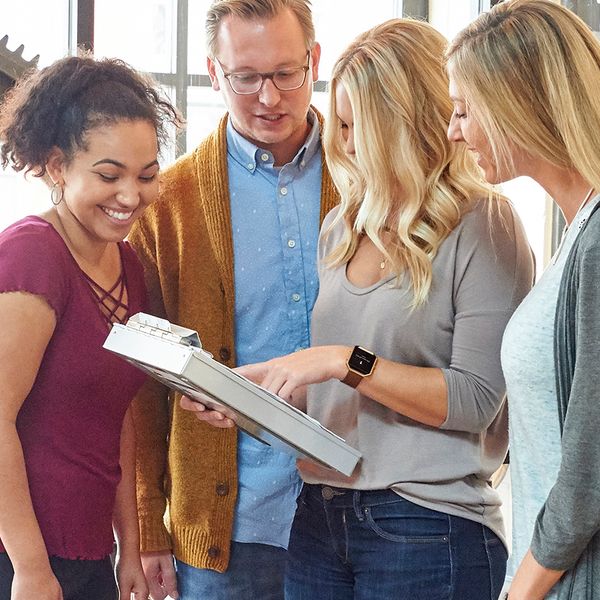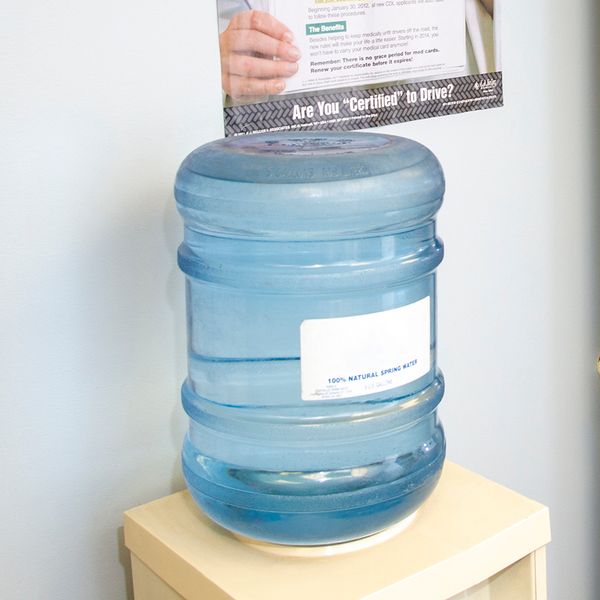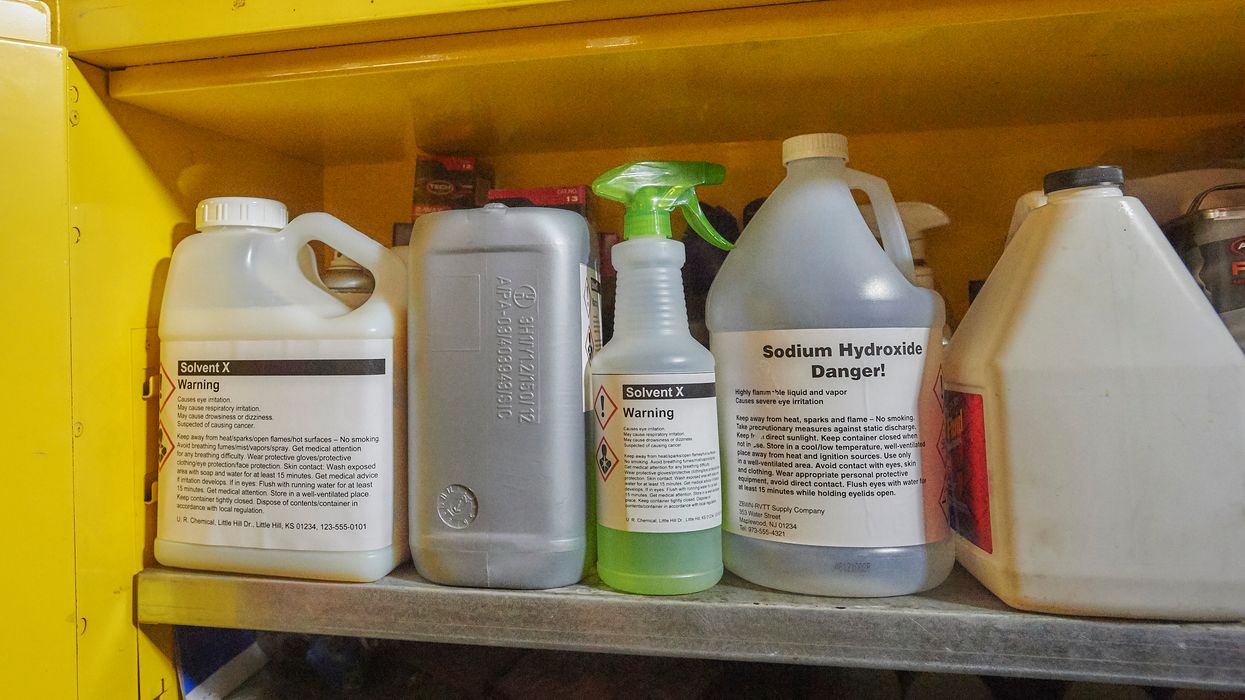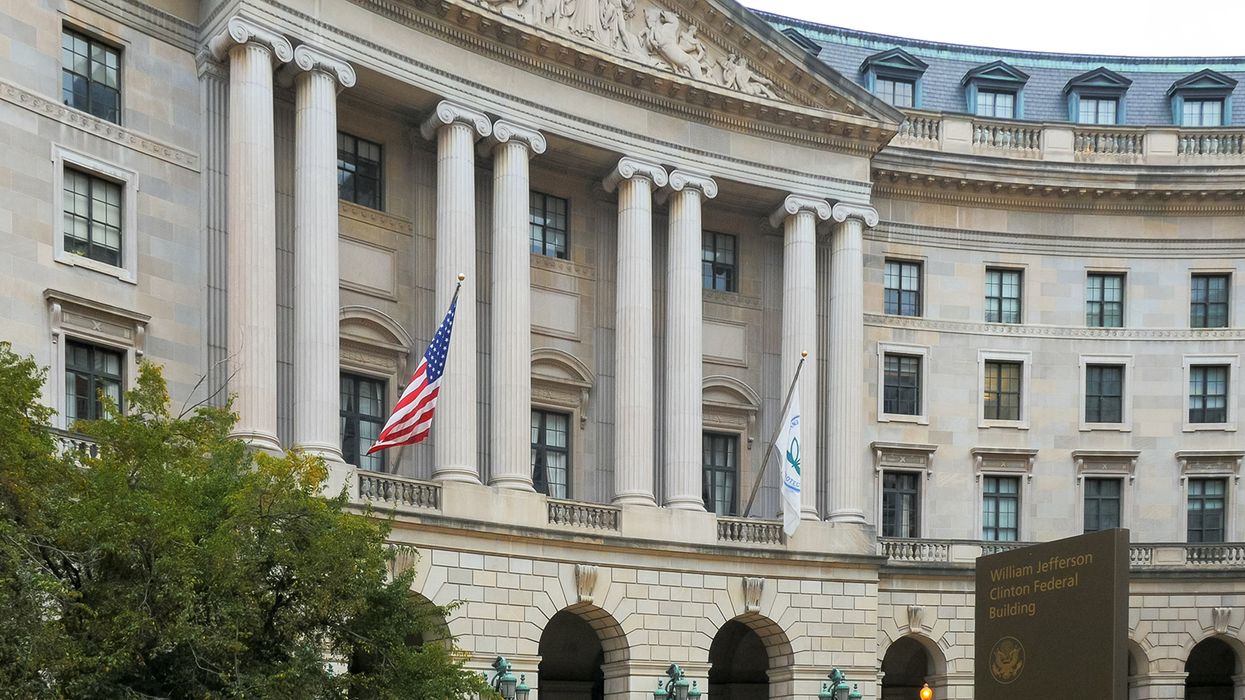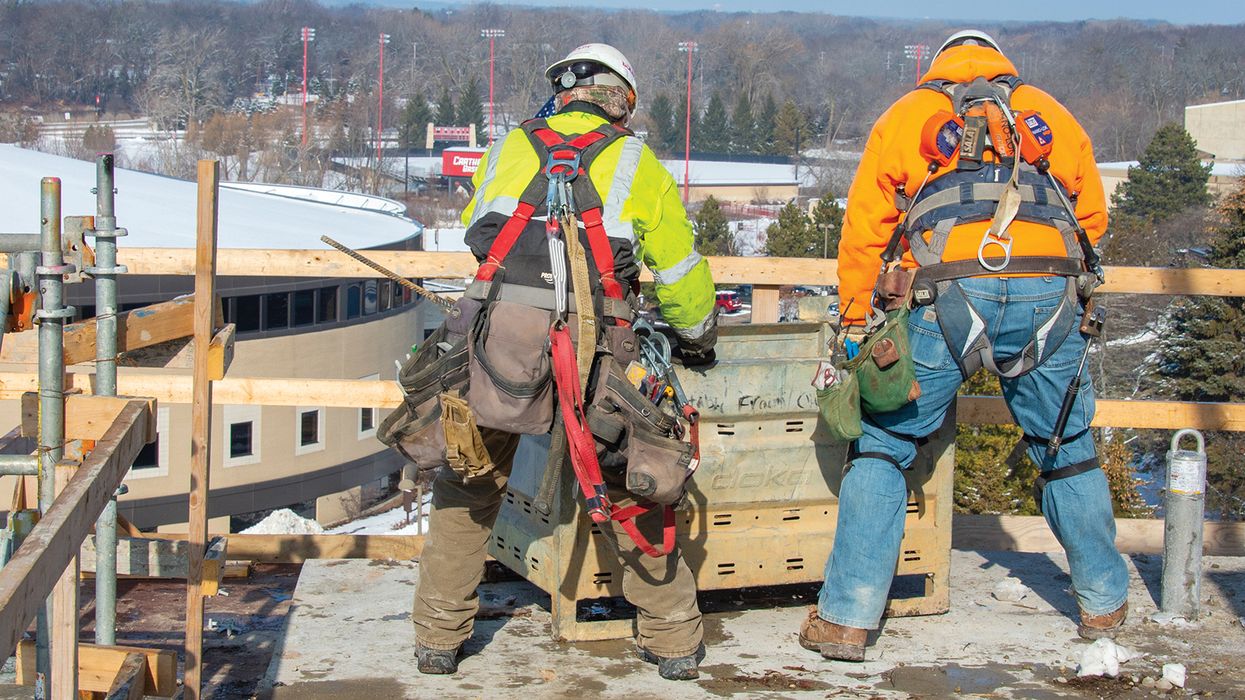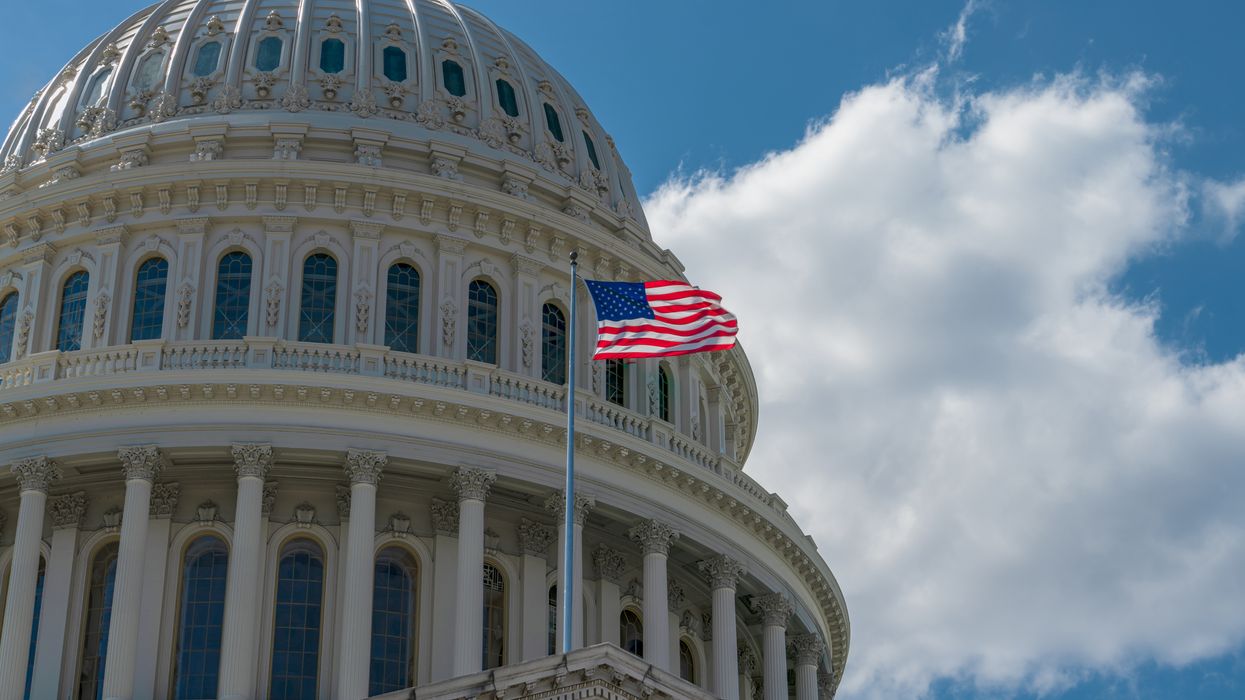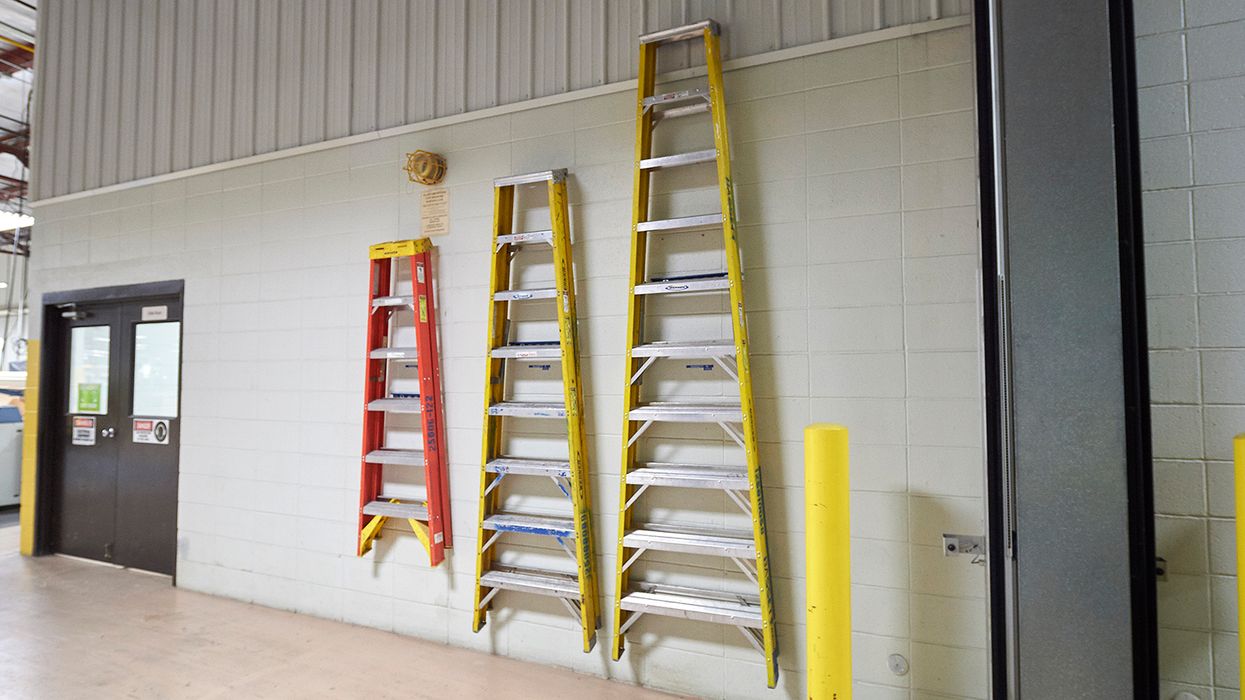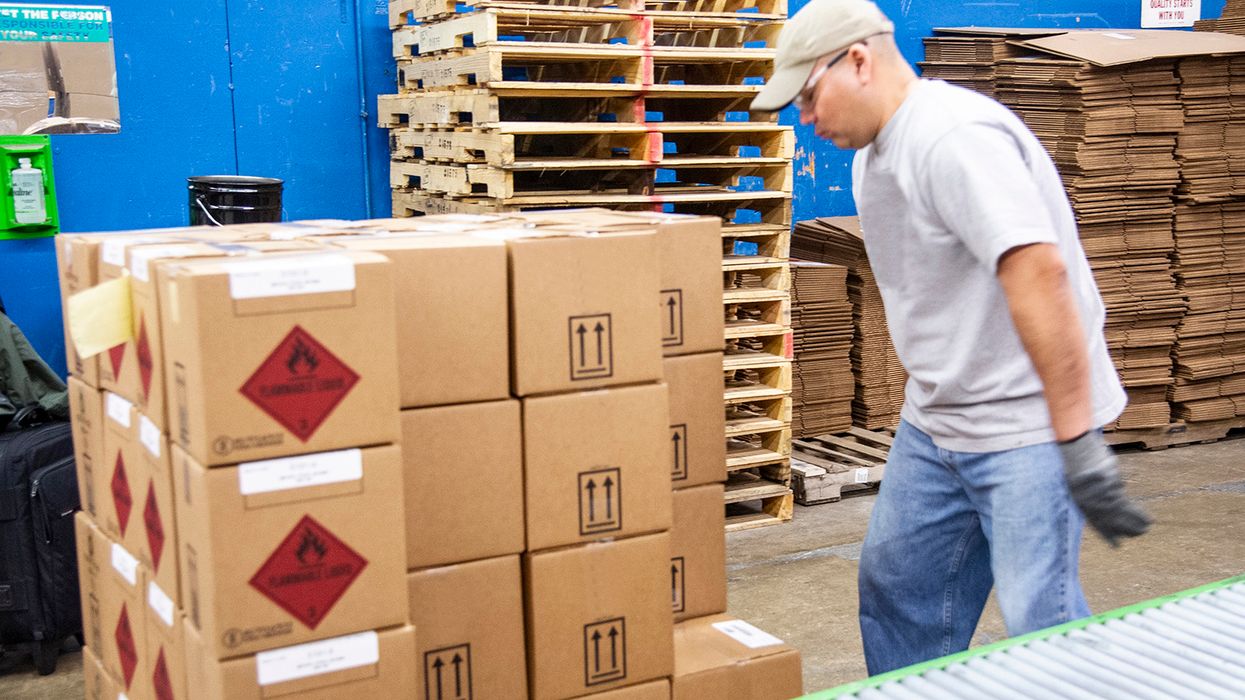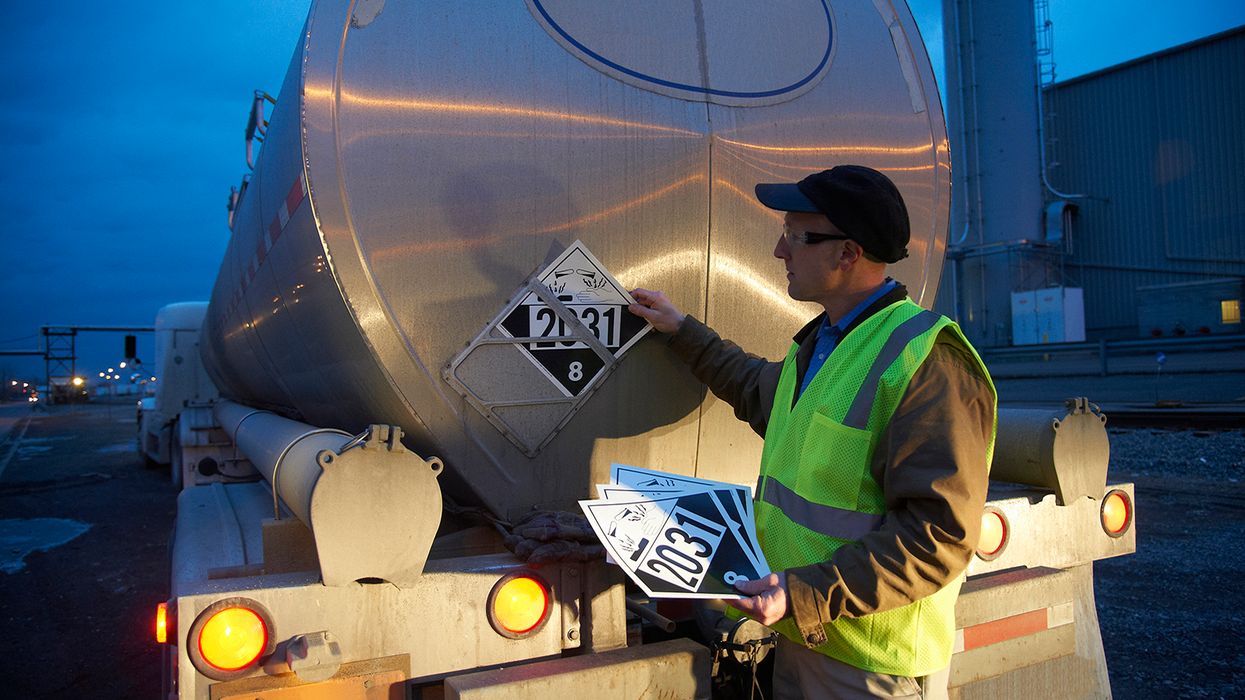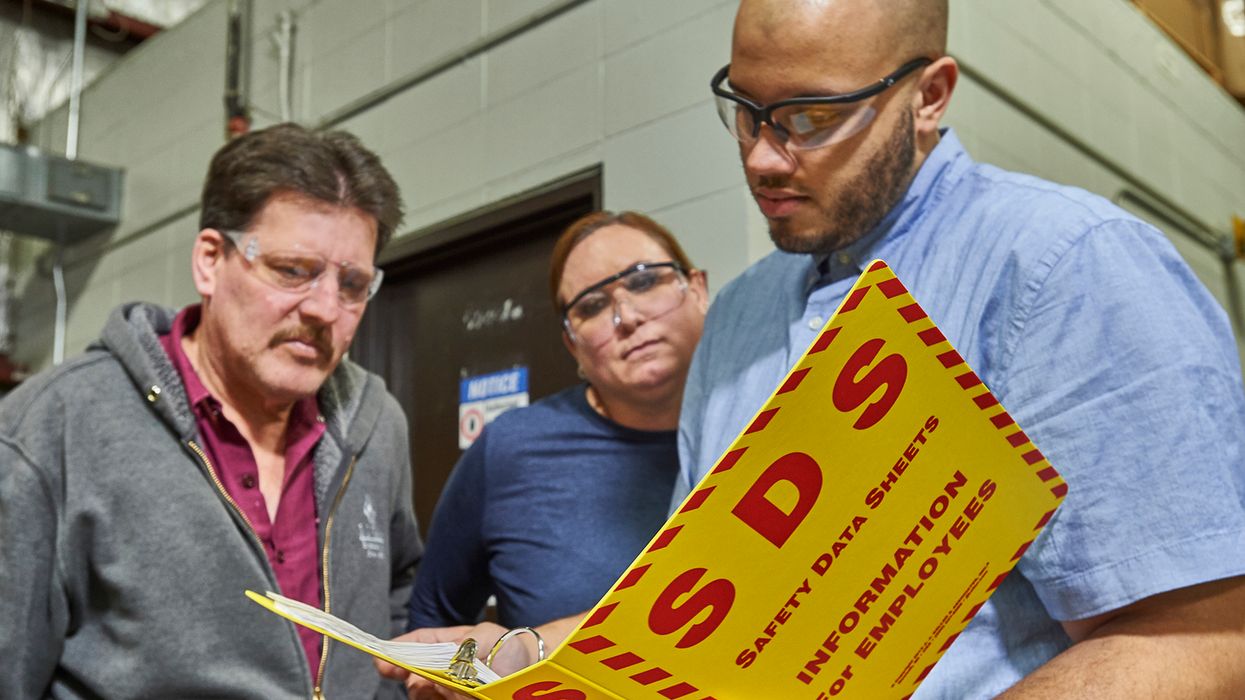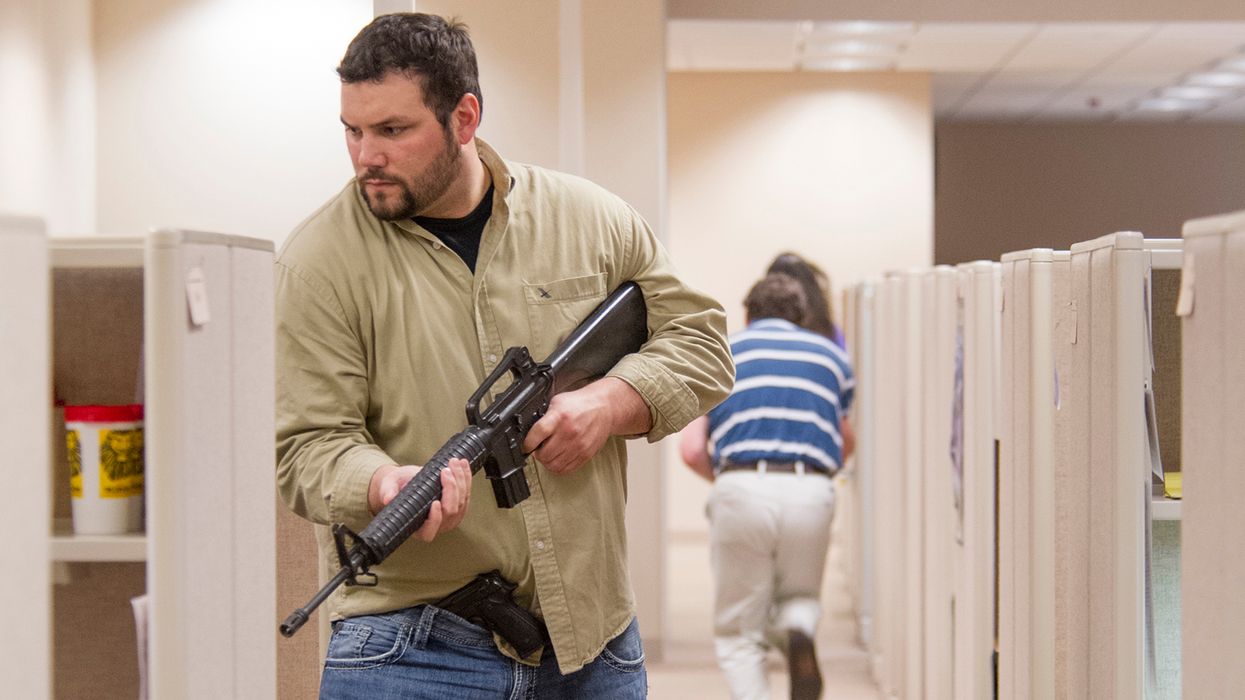The importance of work friends
Earlier this year, one of my colleagues began producing a monthly internal department newsletter. It brings a smile to my face each month to read about another team member’s pet or see the view from a remote coworker’s home office. Beyond my initial reaction, however, I didn’t give it much thought.
Then I read an AP article about combating loneliness in the workplace, and I realized that this two-page compilation of seemingly trivial information is a highly effective tool in helping the department overcome the challenges of making work friends in the age of hybrid and remote employees.
A loneliness epidemic
U.S. Surgeon General Vivek Murthy last year diagnosed the country as suffering from a loneliness epidemic. Since then, many employers and employees have been trying to address this issue from a workplace perspective.
In March, Yale psychology professor Laurie Santos, host of The Happiness Lab podcast, gave a presentation citing research that workplace friendships and a sense of belonging are vital to employees’ happiness and companies’ success.
“Maybe one of the reasons we’re all so disengaged at work, maybe one of the reasons ‘quiet quitting’ seems so appealing, is that we’re actively not investing in the thing that might matter the most for our happiness at work, which is our connection with other people,” she said.
Combatting loneliness in the workplace
The nuggets of information I learn in our department newsletter help me engage in a little cheerful banter with some of my colleagues before discussing a work project. This makes our days a little less lonely.
There are other ways employers and employees can combat loneliness at work. For example, managers might schedule 15-minute “coffee talk” meetings or allow time at the beginning or end of work meetings to discuss non-work topics. Topics for these chats can be organic like, “What did everyone do this weekend?” or planned, such as, “If you could have dinner with any celebrity who would it be?”
Even everyday greetings and seemingly benign chit-chat can forge connections. At the end of a meeting with a new team member last week, he observed me take a sip of coffee and asked, “What kind of coffee are you drinking?” This led to a conversation about our favorite coffee shops in our respective parts of the state and what we like in a brew. I came away from the meeting knowing we had a solid plan for a project we’re doing together, and feeling like I had a new work friend. The surgeon general would be proud.







